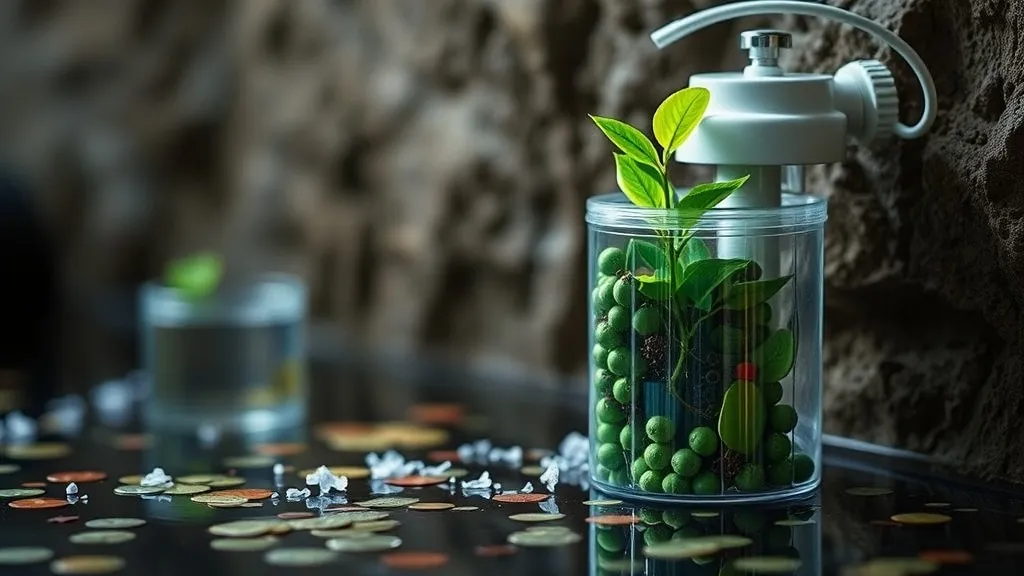
Cost Savings
Implementing a bog filter system in your pond can lead to significant cost savings over time. Here’s a breakdown of the various ways you can save money with a bog filter setup:
1. Reduced Energy Costs
Lower Pump Requirements: Bog filters often require smaller pumps or less energy-intensive pumps compared to traditional mechanical filtration systems. This can lead to lower electricity bills, as the energy consumption is reduced.
Intermittent Operation: Many bog filter systems can operate on a timer or intermittently, further reducing energy use compared to continuously running pumps.
2. Lower Water Change Frequency
Minimized Water Replacement: Bog filters help maintain water quality, reducing the need for frequent water changes. Traditional systems may require 10-50% of the pond volume to be replaced monthly, while well-functioning bog filters can operate with much lower net water changes. This saves on water costs, especially in areas where water is expensive or scarce.
3. Reduced Chemical Costs
Less Need for Chemicals: With effective biological filtration and nutrient management, bog filters minimize the need for chemical treatments such as algaecides, clarifiers, and de-chlorinators. This can save hundreds of dollars annually that would otherwise be spent on chemical products.
4. Lower Maintenance Costs
DIY Maintenance: Bog filters are designed to be low-maintenance. Homeowners report needing less than 2 hours of maintenance per month, compared to traditional systems that may require weekly or bi-weekly professional services. This can save on labor costs if you hire help.
Fewer Equipment Repairs: With fewer mechanical components and a reliance on natural processes, bog filters typically experience less wear and tear, leading to lower repair and replacement costs for equipment.
5. Long-Term Sustainability
Durable Ecosystem: Once established, a bog filter creates a self-sustaining ecosystem that requires minimal intervention. This long-term sustainability means fewer ongoing costs associated with maintaining water quality and fish health.
6. Increased Fish Health and Growth
Healthier Environment: By providing a stable and clean environment for fish, bog filters can lead to healthier fish populations. Healthy fish grow faster and are less prone to disease, reducing costs associated with veterinary care and fish replacement.
7. Potential for Increased Property Value
Aesthetic and Ecological Benefits: A well-maintained pond with a bog filter can enhance the aesthetic appeal of your property and contribute to local biodiversity. This can potentially increase property value, providing a return on investment.
Summary
In summary, the cost savings associated with a bog filter system come from reduced energy and water costs, lower chemical and maintenance expenses, and the long-term sustainability of the ecosystem. By investing in a bog filter, you can create a more efficient and cost-effective pond management solution that benefits both your wallet and the environment.
